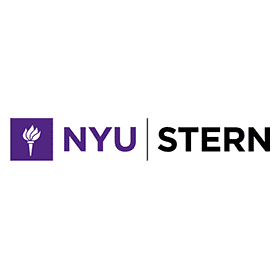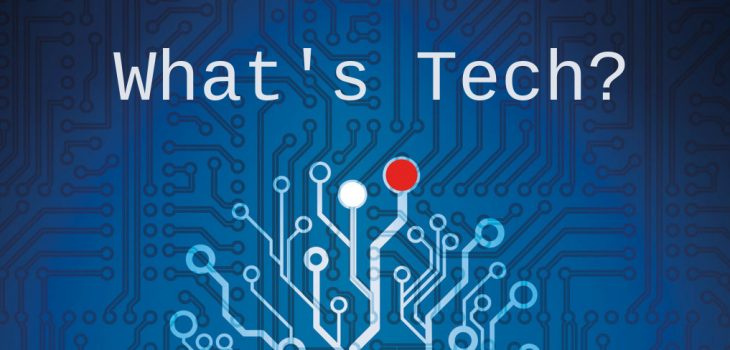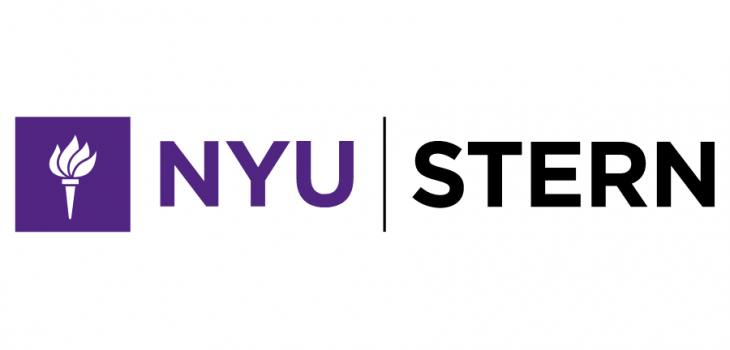 Education
Education
MBAs “Sprint” to Solutions for The Wall Street Journal…
One of the product management class offerings at NYU Stern we’re experimenting with. Really enjoyed this class and thanks to Lauren Acquista and Helen Hewitt for the amazing support.
The class went even better than expected and the students learned not only about the design sprint approach, but also went much deeper in finding insights than most other consulting type projects would. We pushed them and they delivered things even the clients weren’t expecting (including some direction to completely change where a product was heading).















